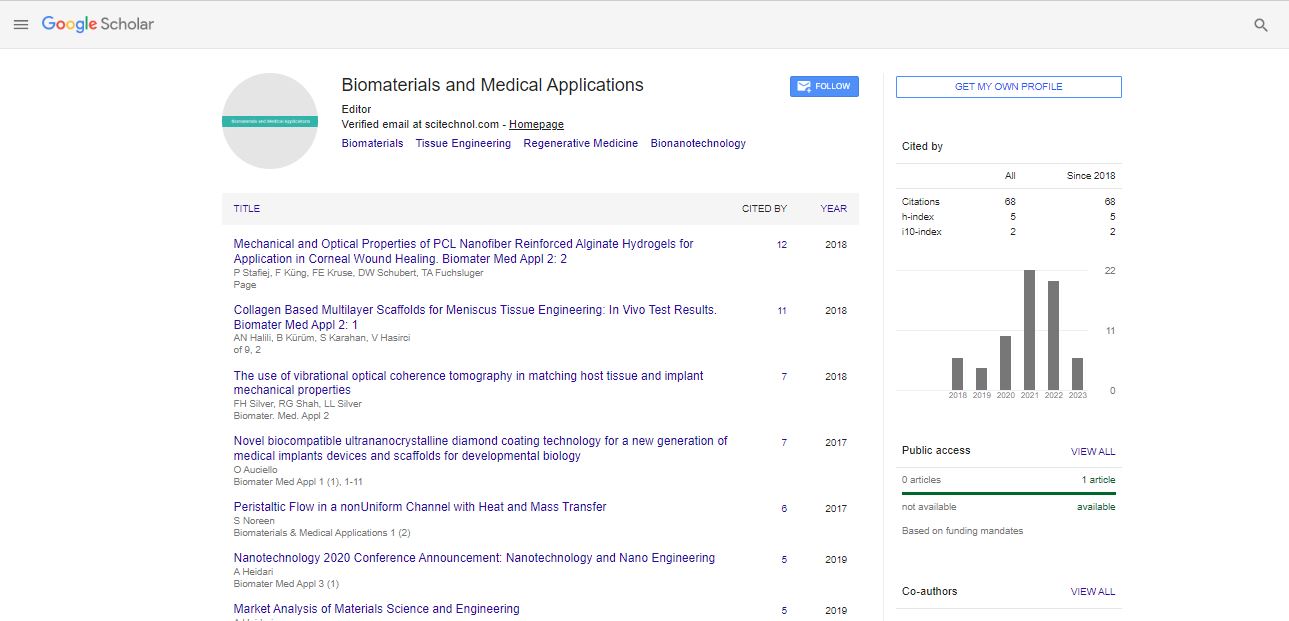Materials for 3D printing in constructions
Wadhah Alzahmi, Marco Stefancich, Berry Hendriks
Dubai Electricity and Water Authority, UAE
CyBe Construction, the Netherlands
: Biomater Med Appl
Abstract
While 3D printing is having a large impact on many industrial sectors, its contribution in the constructions sector is still in its infancy. Dimensional scale factors and the properties of the printable materials being the major are still open questions. In particular, the cement commonly used in construction has long setting times and rheological characteristics that make the direct 3D printing process complex. The use of specialty additives allows tweaking the relevant parameters ultimately enabling but the extrusion and achievement of required structural performances. Harsh climatic conditions and on-site printing add further complexity to the problem. In hot climates, for example, the cements setting time may become unpredictably fast causing poor interlayer adhesion and internal stresses in the structures. However, the combination of novel materials combined with specific printing technology, opens the way to fascinating scenarios in a traditionally conservative sector. We report here on the first example of a building for civil use, with complete regulatory authority certifications, successfully 3D printed in place in the harsh desert climate of the United Arab Emirates. The materials requirements and how they were achieved are presented together with the technology of the printer head and of the overall printer setup. We focus then on the printing process, which required 43 hours for a complete 1 story building, and on the potentials for this technology to develop novel structural, functional and architectural concepts. The challenges faced in the design and printing process, the identified solutions and technological improvements are also presented.
Biography
E-mail: wadhah.alzahmi@dewa.gov.ae
 Spanish
Spanish  Chinese
Chinese  Russian
Russian  German
German  French
French  Japanese
Japanese  Portuguese
Portuguese  Hindi
Hindi 